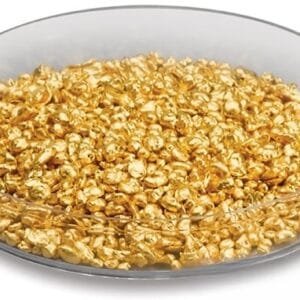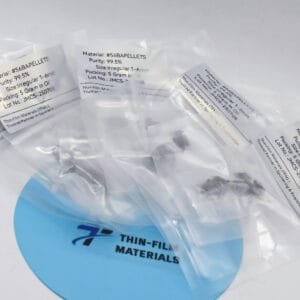| Material Type | Zinc Arsenic |
| Symbol | ZnAs |
| Melting Point (°C) | |
| Theoretical Density (g/cc) |
| Z Ratio | |
| E-Beam | |
| E-Beam Crucible Liner Material | |
| Temp. (°C) for Given Vap. Press. (Torr) | |
| Comments |
Zinc Arsenic Pellet Evaporation Material
TFM offers high-quality Zinc Arsenic Pellet Evaporation Material, engineered for thin-film deposition in advanced semiconductor and optoelectronic applications. The Zinc Arsenic alloy, composed of zinc (Zn) and arsenic (As), is prized for its unique electrical and optical properties, making it ideal for use in photodetectors, solar cells, and other optoelectronic devices.
The evaporation process utilizing Zinc Arsenic pellets enables precise control over film composition and uniformity, ensuring the production of high-purity thin films. This results in films with excellent performance characteristics, which are critical for high-efficiency photovoltaic devices, infrared sensors, and advanced electronic components.
In addition to its superior deposition characteristics, the Zinc Arsenic Pellet Evaporation Material offers robust thermal stability and mechanical strength. These properties contribute to the material’s ability to withstand demanding processing environments, ensuring long-term reliability in high-tech applications.
TFM provides customized Zinc Arsenic Pellet Evaporation Material with stringent control over composition and purity, catering to the specific requirements of modern thin-film technologies. Whether for research or industrial production, TFM’s material is optimized to deliver consistent, high-performance results in cutting-edge optoelectronic and semiconductor devices.


 MSDS File
MSDS File



Reviews
There are no reviews yet.